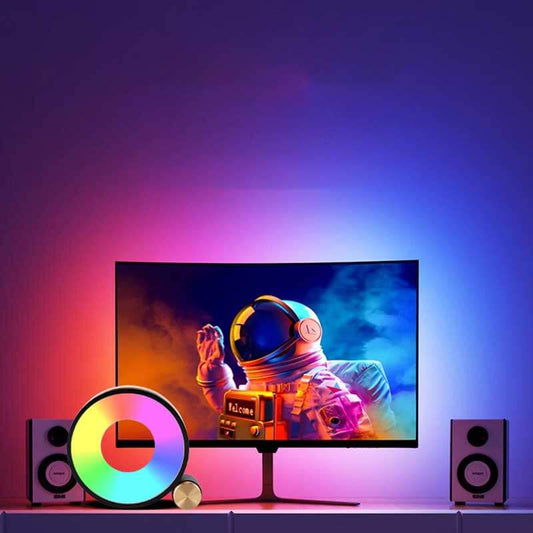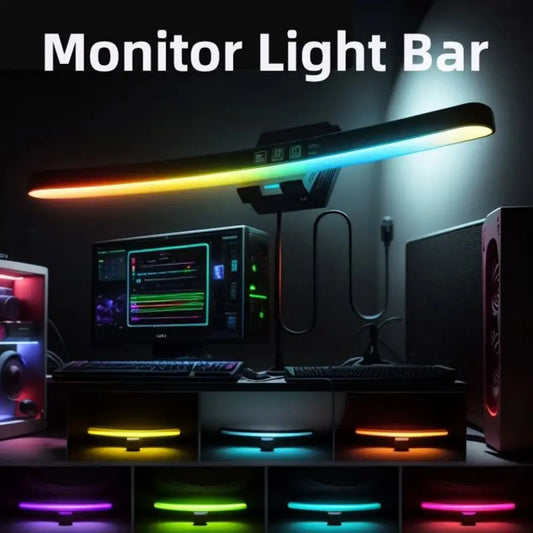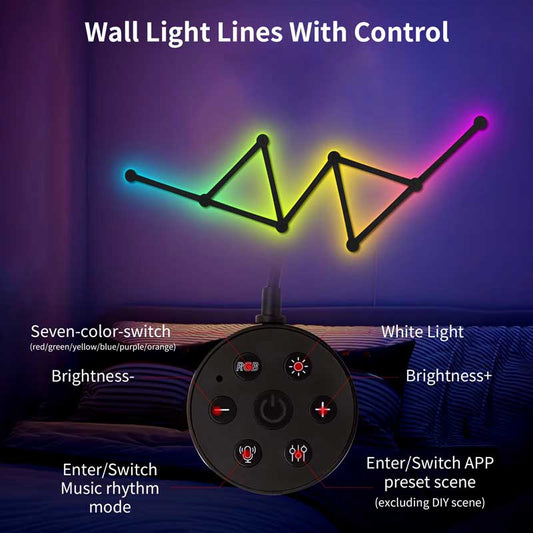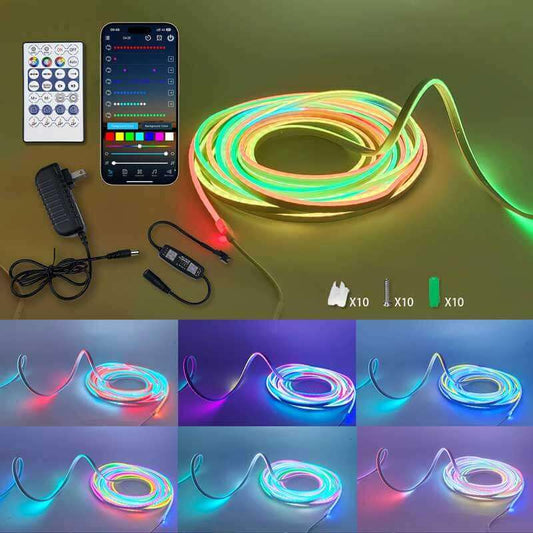Why did the Wii U fail?
Share
The Wii U, released by Nintendo in 2012, is widely regarded as one of the company's most significant commercial failures. Despite following the highly successful Wii, the Wii U struggled both in terms of sales and market reception. Here are the main reasons why the Wii U failed:
1. Confusing Branding and Name
One of the most critical issues with the Wii U was the name itself. The console was heavily associated with the previous Wii, but it was not clearly distinct from it in terms of branding. Many consumers initially thought that the Wii U was merely an accessory or add-on for the original Wii rather than a completely new console.
- Brand confusion: People who owned the Wii didn’t see enough differentiation between the two, leading to confusion over what the Wii U actually was. The name made it seem like an upgraded version of the Wii rather than a new system, which impacted its ability to attract a broad audience.
2. Lack of Third-Party Support
Third-party developers were a major strength for consoles like the PlayStation and Xbox, but the Wii U's unique architecture made it difficult for developers to port games from other platforms. This led to a lack of high-profile third-party titles that were available on competing consoles.
-
No multiplatform support: Popular games such as Call of Duty, Assassin's Creed, and FIFA were either poorly supported or didn’t come to the Wii U at all. Consumers interested in playing the latest multiplatform titles often turned to PlayStation 3 or Xbox 360 (later, PlayStation 4 and Xbox One).
-
Underpowered hardware: While the Wii U had decent specs for its time, it was still underpowered compared to the PlayStation 4 and Xbox One, which were released shortly after. This made it difficult for developers to port games without significant downgrades in quality.
3. Inconsistent Marketing
Nintendo’s marketing for the Wii U was often inconsistent and failed to effectively communicate the console’s unique selling points.
-
Target audience confusion: The Wii U had a new controller with a touchscreen, but it wasn't clear how this feature made the console different or what benefits it provided. Nintendo did not effectively explain the console’s new features, leaving potential customers unclear on why they should upgrade from the Wii or switch from PlayStation/Xbox.
-
Limited focus on core gamers: While Nintendo traditionally appeals to family audiences, they failed to adequately market the Wii U to the core gaming audience, who were increasingly flocking to the PlayStation and Xbox for more serious, graphically intensive gaming.
4. Limited Software Library
Despite having exclusive Nintendo games like Super Mario 3D World, The Legend of Zelda: Wind Waker HD, and Super Smash Bros. for Wii U, the Wii U didn’t have enough of a consistent stream of high-quality third-party games or new first-party titles to keep players engaged.
- Slow game releases: Nintendo’s own development studios often took time to release the system’s major exclusives, leaving the console with long gaps between big game launches. This meant that while the console had a few gems, the overall library was relatively sparse compared to competitors like the PlayStation 4 or Xbox One.
5. Missteps with the GamePad Controller
The Wii U GamePad, a tablet-like controller with a touchscreen, was designed to offer unique gameplay features like second-screen play and off-TV play. However, there were several issues with the GamePad:
-
Limited use: While it was intended to provide innovative gameplay, most games didn’t take full advantage of the GamePad’s features, and many players found it to be cumbersome or unnecessary. The touchscreen was also fairly low-resolution compared to the more powerful consoles of the time.
-
Battery life: The GamePad’s battery life was fairly short, requiring frequent charging, which detracted from the overall experience.
-
Dual controllers were a hassle: Unlike the Wii’s motion-sensing controllers, which could be easily replaced or added as needed, the GamePad was essential for gameplay, limiting multiplayer experiences and making it less flexible for group gaming.
6. Delayed Launch and Competition
The Wii U was released several years before the PlayStation 4 and Xbox One came to market, but the technology was outdated by the time the newer consoles launched in 2013.
-
Outdated hardware: While the Wii U was ahead of the Wii in terms of hardware, it lagged behind the new generation of consoles in terms of processing power, graphics, and overall performance.
-
Competition: The PlayStation 4 and Xbox One not only offered better hardware but also had massive third-party support and strong marketing campaigns that helped them dominate the console market. The Wii U was overshadowed by these next-gen systems.
7. Poor Timing and Pricing
Nintendo launched the Wii U at a time when the market was becoming more competitive, and the console was priced higher than many consumers were willing to pay for a Nintendo system.
-
Price point: The Wii U's initial price of $299 for the basic set (and up to $349 for the deluxe set) was considered high for a system that lacked the raw power and game library of its competitors.
-
Timing: The Wii U’s launch came just before the release of the PlayStation 4 and Xbox One, which led to consumers waiting for the more powerful systems that were about to hit the market.
8. Nintendo's Focus on the Wii's Family Appeal
While the Wii had been a phenomenon thanks to its focus on casual gaming and family-friendly experiences, the Wii U tried to merge this appeal with core gaming. The result was a system that tried to please too many audiences at once, but didn’t do a great job satisfying any of them fully.
- Struggling to balance audiences: The Wii’s appeal was largely driven by its motion controls and family-friendly games, but the Wii U tried to incorporate traditional gaming with its new GamePad controller, which wasn’t a perfect fit for either casual gamers or hardcore gamers.
9. Limited Third-Party Support
The Wii U also had trouble attracting third-party developers because of its underpowered hardware and unique controller design, making it difficult to port existing games to the system without significant modifications. This led to a lack of major third-party titles, which further limited the system's appeal.
- Nintendo's reliance on first-party games: While Nintendo’s first-party games were top-notch, the lack of third-party games like Grand Theft Auto V, Call of Duty, and FIFA hurt the console’s overall appeal to a broader audience.
Conclusion
The Wii U failed for a combination of reasons, from poor branding and marketing to limited third-party support, an underpowered hardware, and a confusing controller. The console never really gained a large user base, and despite a great selection of Nintendo’s own first-party games, the competition from PlayStation 4 and Xbox One proved overwhelming.
However, the Wii U’s failures served as a learning experience for Nintendo, which used the lessons to develop the Nintendo Switch—a highly successful console that combines the best of both home and portable gaming. While the Wii U may not have achieved commercial success, its legacy lives on through the Switch's innovative hybrid design and its continued success in gaming.
